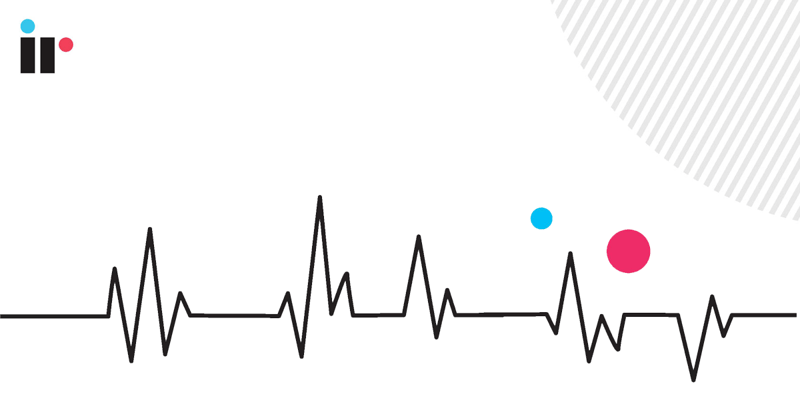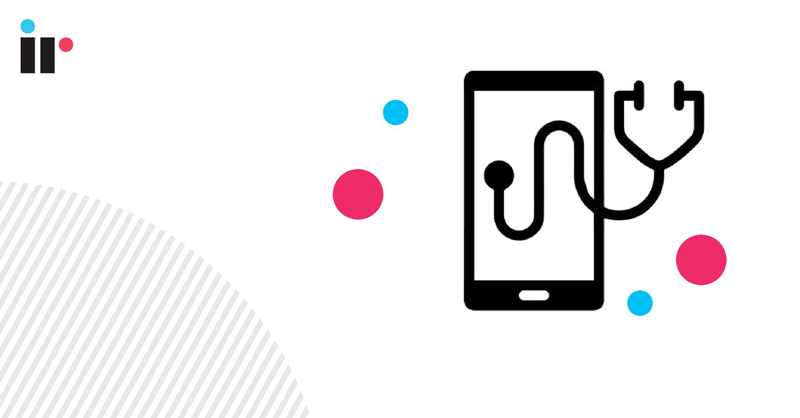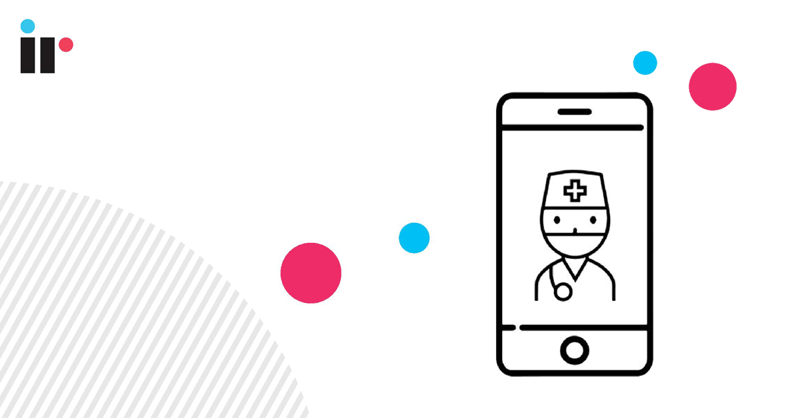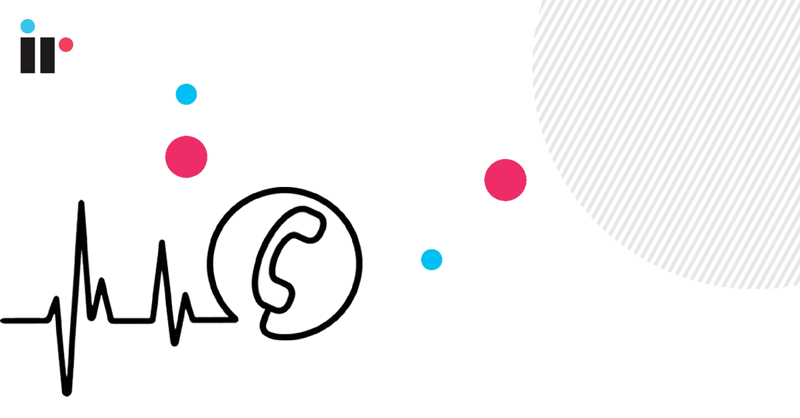How to Maintain High-Quality UC for Healthcare
Since the global outbreak of COVID-19, healthcare organisations have been forced to rapidly adjust their communications capabilities to accommodate the increased use of telemedicine, more remote workers, and rapidly expanding facilities.
Overnight, IT managers were forced to scramble and accelerate digital transformation plans, that would ordinarily take years to implement, to keep up with the increased demand placed on them by the pandemic.
Download a PDF copy of the Telemedicine UCC Checklist

The use of telemedicine skyrocketed. Pre-pandemic, video consultations made up just 1 percent of the 340 million annual appointments with doctors and nurses in Britain's National Health Service. But as the virus spread third-party telemedicine providers reported drastic rises in demand. Push Doctor said its weekly orders had grown 70 percent, while Docly said demand had increased by 100 percent from one week to the next at the onset of the outbreak.
Doctors also began using videoconferencing-based telemedicine technologies to hold virtual bedside conferences with scattered family members.
Healthcare organisations had to transform their UC infrastructures almost overnight to support hundreds or thousands of employees suddenly working remotely.
Hospitals had to open new emergency departments and special wards to cope with the influx of patients.
In order for these services to be effective, healthcare organisations need to bolster their UC services.
Calls must be properly routed from offices to workers in remote locations. Voice and video quality must be optimal so that both patients and providers feel comfortable using the tools, communicate effectively, and get the most from online visits. Pop-Up A&Es need sufficient phone lines and assurances that they are registered and working. From any location, physicians and staff need seamless online access to health records in a secure, encrypted manner that complies with strict privacy regulations.
As an IT Manager, how can you ensure that you’re providing the highest quality UC services for your critical remote, telemedicine and expanding ICU operations during this time of crisis and rapid change?
A Checklist for Planning Your UC Strategy
The key to success under any circumstances is to develop a plan to get a handle on your UC requirements during the volatile period of the pandemic and the uncertain times beyond. The following is a strategic checklist to help you get started.

01 Create and Activate Your Business Continuity Plan
With all the changes taking place in your UC system during the pandemic, your first priority will be to ensure that your systems remain operational. A business continuity plan (BCP) sets out a series of quickfix steps or temporary emergency measures to ensure that the most important business operations remain functional while you adjust your systems to address a crisis. But while most healthcare organisations have BCPs that address natural disasters, such as a fire, tornado or earthquake, few have plans in place that can meet the demands of this pandemic, which has required them to rapidly ramp up telework/medicine and emergency room capacities.
Create your BCP:
- Identify the applications that are mission critical to your organisation
- Implement software to monitor critical resources (servers, end points, phones etc.) and document their resource consumption for CPU, RAM and other resource elements.
- Measure critical inbound and outbound network traffic needed to stay operating.
- Put in place alerts to proactively notify you of issues, such as dropped calls: system outages; suboptimal voice, video or internet performance, and so on
- Determine Recovery Point Objectives (RPO) and Recovery Time Objectives (RTO) that define what downtime will cost and how much time you need to recover to keep losses to a minimum. RPO is the maximum allowable time for which you can lose data from your services. RTO is the maximum allowable time and service level your organisation needs to be restored after a disruption.
- Create a backup strategy that provides rapid onsite recovery as well as offsite backup in case of server failure.
- Develop a runbook that includes policies and procedures that specify how to identify the cause of outages and quality issues and spell out the necessary steps to remediate each issue
- Make sure you have sufficient IT staff and train them on your playbook and procedures
- Test the effectiveness of your BCP and review it regularly to strengthen and optimise

02 Manage Your Evolving Requirements Through Data-Driven Decisions
With the communications conditions your healthcare organisation faces evolving constantly during the pandemic, you will need to continually evolve your infrastructure to meet changing demands. Managing this constant evolution requires you to have the ability to look at your existing capacity and to accurately predict future change.
Manage your evolving requirements
Implement monitoring tools that will enable you to automatically collect data and reference points, such as:
- Bandwidth utilisation
- Number of incoming/outgoing phone calls
- Whether remote phones of all types are working
- Whether phones registered or unregistered
- Call quality metrics such as latency, jitter and mean opinion score (MOS)
- Install tools that can display data and chart trends in an intuitive format
- With historical data and analytics capability, you can more accurately predict the equipment you’ll need to accommodate evolving requirements from a bandwidth utilisation standpoint

03 Communicate with Stakeholders to
Get Buy In
In the middle of a crisis, your IT teams will do what it takes to immediately put out fires and address any bandwidth issues that arise. Nonetheless, you’ll also need to work with stakeholders to obtain the resources you need. To do so, it’s imperative to show value and quantify your potential return on investment.
For example, monitoring software is critical to your ability to respond quickly to outages or changing needs during the pandemic. To justify this purchase, you should talk about savings in terms of meantime-to-identify and mean-time-to-resolve issues.
With manual processes, the support engineer will often receive an email from a user’s cellphone saying that their desk phone is down. In the many organisations that have multiple teams supporting different communications areas, the engineer taking the ticket may have to pass it to the voice team, who may in turn pass it to the network team before they can troubleshoot the problem.
The result is a high mean time to identify, requiring a lot of resource and considerable time and money. In contrast, an engineer with a monitoring tool can often pinpoint the source of a problem instantly and perhaps even fix it themselves on the first call. This means your team are able to focus their time on higher value tasks, instead of reactively fighting fires in your environment.
Estimate projected cost savings by determining:
- How many employees in your help center
- Their hourly wages
- How many tickets your support team receives in a day
- How long currently takes to resolve these calls
- How much time that will take with a monitoring tool
- Use this data to estimate potential time and cost savings from using the monitoring

04 Track ROI and Whether Expectations Have Been Met
Once the system is in place, you’ll need to track your results. In the near term, look for small immediate wins. For example, do a data driven analysis of your success in provisioning your remote workers.
Evaluate your results:
- Evaluate the total number of remote workers
- How many of these remote workers have a registered device
- Determine the last time they logged into their phone
- Determine the last time the phone was registered
- Provide stakeholders with hard data
In the long term, track actual ROI in terms of metrics such as mean-time-to-identify and compare that to your projections.
Your organisation's ability to serve patients and save lives during this crisis depends on enabling as many employees as possible to work from home, allowing clinicians to practice telemedicine, and providing new ICUs with critical communications services. Having the appropriate strategies and tools in place to detect problems quickly and predict changes in UC requirements will help your healthcare organisation minimise downtime, while saving time, money and resources.
Download a PDF copy of the Telemedicine UCC Checklist





